
2D Metroid Retrospective: Bring on the Remakes - Article
by Paul Broussard , posted on 07 October 2021 / 3,958 ViewsThe early-mid 2000s saw something of a golden age for Metroid games. After an eight year hiatus, Metroid burst back onto the scene in dramatic fashion. Largely buoyed by the critical and financial success of Metroid Prime (at least, relative to other Metroid releases), Metroid saw a whopping six new titles between 2002 and 2007, as well as one rather bizarre pinball spin-off that wound up being much better than it had any right to be. Metroid had never been this popular before.
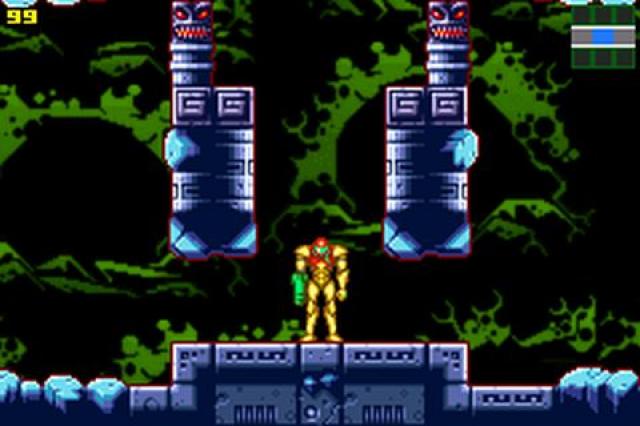
But this presented a problem of sorts, one which most series with an interconnected, long-running timeline encounter sooner or later. New fans of the series were short on ways to play the older Metroid titles. Without any sort of eShop, players would be unable to play Samus' original adventures without purchasing older hardware (and isn't it nice how this has never become a problem for Nintendo ever again). On top of this, the first two Metroid games were dated quite heavily. Yoshio Sakamoto aimed to resolve these problems in one fell swoop by releasing a remake of the first Metroid game for the GameBoy Advance, titled Metroid: Zero Mission.
Zero Mission brought Metroid for the NES up-to-date with modern mechanics, abilities, and other quality of life improvements. Samus moves much more like her Super Metroid and Fusion versions compared to her rather slow pace in the NES title. Navigating the world is also much easier thanks to a fully-fledged map, which details the various caverns underneath Zebes. Samus’ ability to grab onto ledges is also brought over from Fusion, allowing for much more seamless traversal.
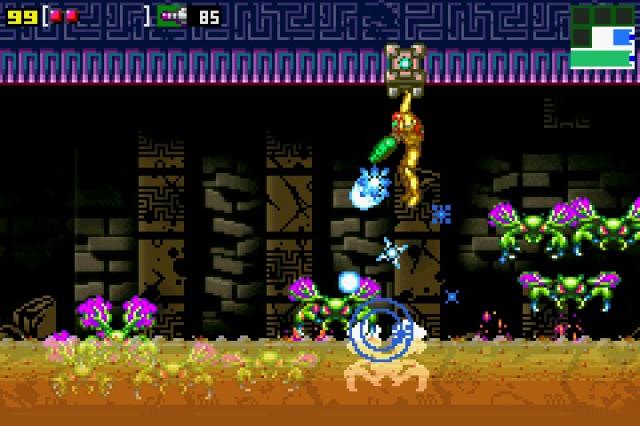
Zero Mission has a hefty amount of updates beyond just the new tools at Samus’ disposal and the obvious hefty graphical upgrade though. There’s a much greater variety of enemies, and boss designs were remade to fit more modern interpretations. The original NES title depicted both Kraid and Ridley as a little taller than Samus, for example, but Zero Mission’s incarnations are more in line with Super Metroid’s; towering behemoths both multiple times Samus’ size. A number of new bosses were added into the mix as well, predominantly minibosses to even out the pace in-between the major boss fights.
Still, a remake of Metroid inevitably had to contend with the fact that Super Metroid, which by and large is simply a bigger and more extensive evolution of the original Metroid, exists. Any attempt to remake the original Metroid is going to seem like a short release by comparison, and this brings me on to what Zero Mission is perhaps most famous for. Zero Mission's plot proceeds in much the same way as the original Metroid, but after you defeat Mother Brain and reach the point where the first Metroid ended, things take a turn for the... odd.
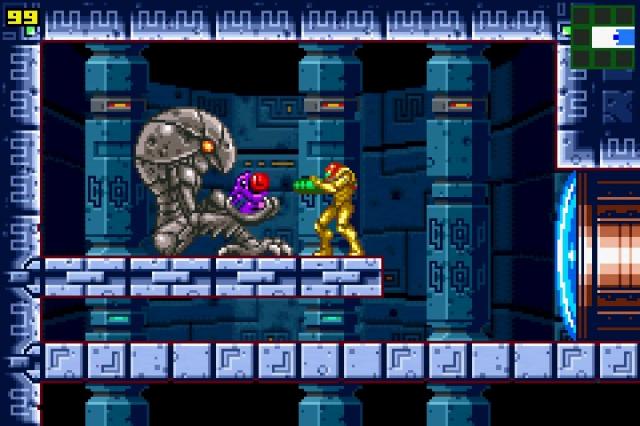
Instead of escaping normally like she does in Metroid 1, Samus boards her ship and is almost immediately shot down by a battalion of Space Pirate ships, sending her crash-landing back onto Planet Zebes. When Samus emerges from the wreckage of the ship, she finds that her Power Suit has been destroyed as well. Without her armor, she's forced to try and sneak her way through Pirate occupied territory until she can find some way to escape. What was a rather traditional Metroid experience quickly shifts into an extended side-scrolling stealth section. The player must avoid or run from Pirates, as without her Power Suit, Samus has no way to kill her pursuers.
I’m a lot more iffy on Zero Mission’s stealth than the SA-X encounters in Fusion, which I think has a lot to do with how segmented it is. Whereas Fusion’s SA-X encounters were sudden and sprinkled throughout the game, creating an ever-present sense of Dread (pardon the pun) while engaging with the more traditional Metroid sections, Zero Mission just feels like it becomes an entirely different game two thirds of the way through. Neither game’s “stealth” is particularly deep, but Fusion always used the SA-X more as a way to catch the player off guard and keep them on their toes in the middle of exploring, whereas the stealth in Zero Mission just replaces the exploring outright for a sizable chunk of the title’s runtime.
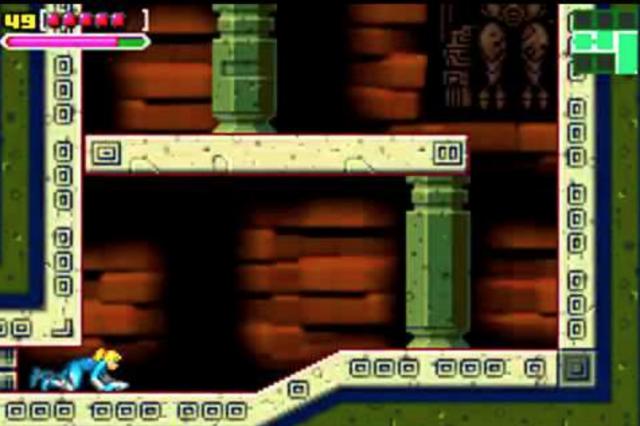
Eventually, Samus manages to sneak past the Pirate guards and, after what can generously be called a “boss fight,” recovers her Power Suit, allowing her to take out her frustrations on the previous 30 minutes of gameplay by blasting her way through all the guards she had to sneak by. One incredibly uninspired final boss and an escape sequence later and Samus is out the door, the tale of her first mission retold.
Zero Mission certainly isn’t a bad game; in fact, I’d still argue it’s very much a good one. I do find myself down on it more than any of the other 2D titles released post 1992, however. Being a remake, there’s obviously a limit to the liberties it can take with the source material, but even the changed aspects ultimately feel uninspired and lacking. Despite including power-ups that weren't present in the original title, there are no new abilities for Samus to collect that weren’t already in one or other previous Metroid release. Zero Mission is the only Metroid entry in the entire series to hold this distinction; even Other M managed to throw in a few new (albeit generally bland) toys to play with. Boss fights also feel like a step down from the varied and challenging bunch on display in Fusion, with the only one providing any meaty challenge being the rather annoying encounter with Mother Brain. Even the now series staple encounter with Ridley feels rather lifeless, especially compared to Fusion, which is ironic since Ridley is a reanimated corpse in that particular release.
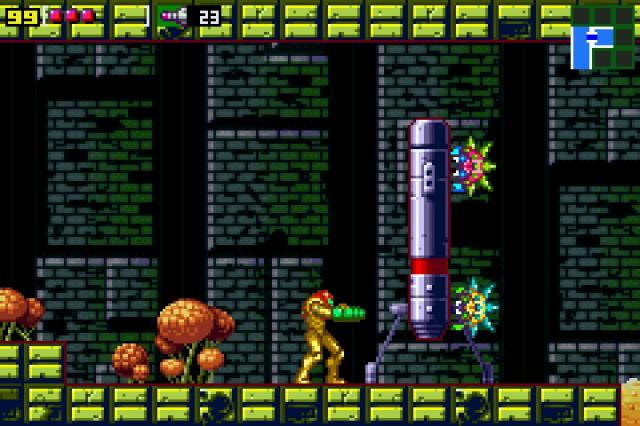
Whatever your opinions on Zero Mission, there’s no doubt that it was certainly better than what we got afterwards. Which was... nothing, for a long time. Yoshio Sakamoto, long-time director of the 2D titles, opted to make the 3D Other M, which in retrospect wound up being a decision only slightly less disastrous than invading Russia during the winter. After Retro Studios moved on to make Donkey Kong games, and Other M wound up being received about as well as the bubonic plague, Metroid was put into hibernation.
By the time 2017 rolled around, it had been 13 years since the last 2D Metroid title. At Nintendo’s Treehouse during E3 of that year, a remake of Metroid 2 entitled Metroid: Samus Returns was shown off. Nintendo was collaborating with Spanish developer Mercury Steam on the project, and giving the other original Metroid game that had aged very poorly an update on the 3DS.
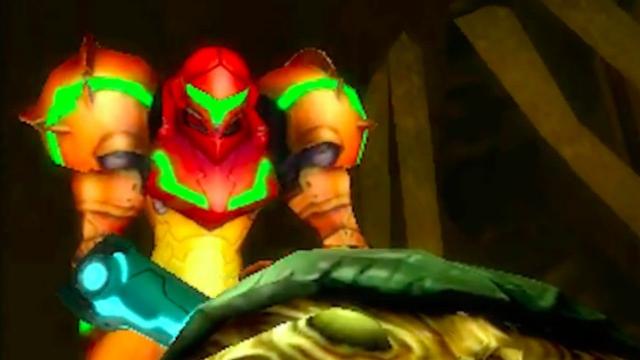
Samus Returns was released that fall, retelling the story of how Samus wiped out the Metroids. The plot again sees Samus traveling to SR-388 (now rendered in more than just a black and white color scheme) and traversing the various caverns while dealing with increasingly dangerous Metroid types. The usual upgrades that one would expect from a remake are here, including a graphical overhaul, a map, Samus’ control scheme being brought up-to-date, and a number of returning power-ups that didn’t originally appear in Metroid 2 (to make things a little easier).
Samus Returns also brought a host of new ideas with it as well. The Metroid fights were dramatically overhauled from their original designs, and for the most part remained pretty fun to fight the whole way through (no small feat given that you fight some types of Metroids 10+ times throughout the game). It also introduced a few new boss fights which, while I would have liked to have seen more of them, still stand out to me as some of the highlights of 2D Metroid boss design. It also integrated the Chozo into the plot of Metroid 2 more as well, setting up some backstory that it looks like Dread will build upon when it releases.
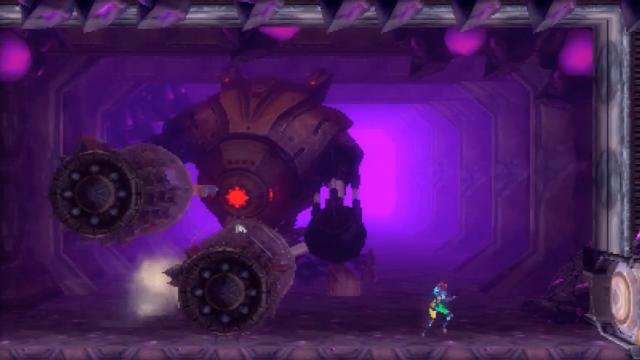
Samus Returns wasn’t done just there, however. Along with updating the enemies and story, it also gave Samus a new set of mechanics to play with. Samus Returns introduced the melee counter to the series, allowing her to quickly get a charging enemy off her with a well-timed button press. Aeion abilities also make their first appearance here, giving Samus a limited bar of energy separate from her health pool that she can use to give herself better protection, more firepower, or even slow down time.
That said, the implementation of these mechanics did receive some criticism. Fans were divided on the melee counter’s inclusion, with many arguing that enemies were often too one dimensional and would all just charge the player, making combat a bit too reliant on the counter. Some of the Aeion abilities were also criticized as being too polarizing; the time slow ability was rather difficult to apply anywhere outside of puzzles due to how quickly it drained the energy bar.
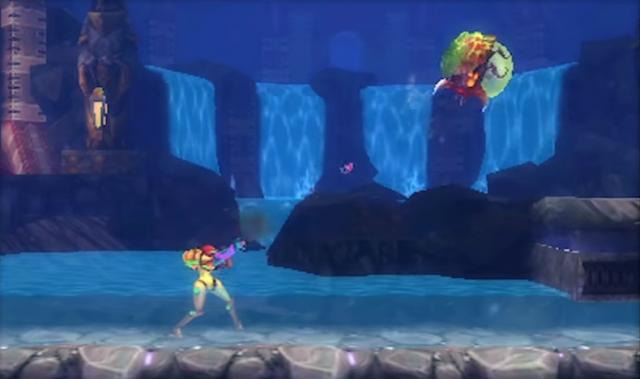
Other elements of the remake divided opinion as well, particularly its handling of the original game’s atmosphere and tone. The slow walk where Samus leaves SR-388 with the baby Metroid, once an iconic and rare peaceful moment in the series, is now littered with enemies and turned into a standard enemy encounter. There’s some more spoiler related stuff I’ll do my best to avoid talking about here, but suffice to say there were complaints about how Samus Returns handled the "feel" of the game it was remaking.
That said, I still think I personally respect Samus Returns more than Zero Mission. Samus Returns wasn’t afraid to try new things and innovate within the context of a Metroid title (as opposed to slapping a random 30 minute stealth sequence with an entirely new set of mechanics in the middle of the game). There are new power-ups, new abilities, and a number of dramatically reimagined new enemies, compared with Zero Mission where basically every power-up, ability, and enemy can be traced back to a prior game.
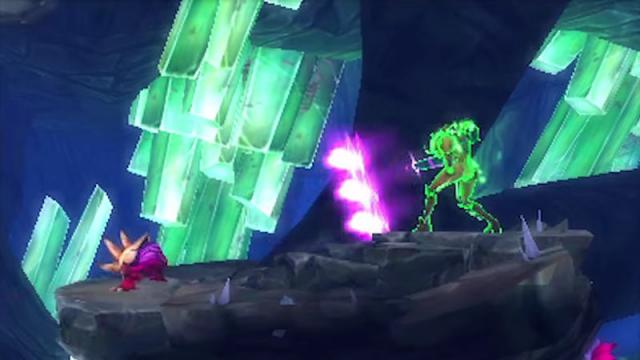
Sure, not all of Samus Returns' ideas hit the mark, but new things don’t always perfectly click on the first go around. Samus Returns innovates in a way that allows for refinement later on, which is what Dread appears to be doing. Mechanics such as the melee counter and Aeion abilities return in Dread, and they look to be notably polished and expanded upon. And that wouldn’t have happened were it not for Mercury Steam being willing to try and expand the current formula.
This, by and large, brings us to where we are now. It’s been 19 years since the last entirely new 2D Metroid game. With the launch of Metroid Dread almost here, it’s worth reflecting on how the series got to where it is now, as well as the impact it had on gaming as a whole. Samus has had a few rough spots in her bounty hunting career, but her 2D adventures remain, in my mind, still some of the best examples of exploration based gameplay you can find. We’ll find out soon if Dread lives up to that reputation.
More Articles
Wasn't that big of a Samus returns fan. Played it. Beat it. Like the original better. I'm glad Samus returns exists since it gave us dread, but that's about all I can say about it.
Zero mission on the other hand didn't really detract from the original as much. The map was basically all it needed. The controls are polished. I wouldn't say it's a replacement and you should never play the original, but I can't blame anyone who does.
Remakes are always a risk. From Nintendo's perspective, who cares? Almost no one played the original games. They only have to gain from remakes if it makes it have more mainstream appeal and therefore more sales.
To me, they already remade the ones that could have used a remake. Slap gba online onto the switch and you're good to go.
Yeah, me too. I've said my piece in the other articles in this series already, but I can't really think of anything said here in this one that I disagree with either or even have anything to add to really. Pretty good summations, I thought. I think a ranking of all the (official) Metroid games released to date (remakes and originals included; 2D and 3D alike included) in order of my personal liking would look like this:
1) Super Metroid
2) Metroid Prime
3) Metroid Prime 2: Echoes
4) Metroid Fusion
5) Metroid Prime 3: Corruption
6) Metroid: Samus Returns
7) Metroid: Zero Mission
///////////////////////////////////////////////////////
8) Metroid Prime Hunters
9) Metroid
10) Metroid II: Return of Samus
11) Metroid: Other M
12) Metroid Prime: Federation Force
(The dividing line is to there to distinguish entries I basically like playing today from those I don't.)
Of course, this is all before Metroid Dread, which is due out in half an hour. How about you?
I've played a little over five hours of Dread so far and, based on that amount of experience anyway, would rank it pretty high on the list. Not sure exactly where it's gonna land yet (I'll need to actually finish the game to determine that, especially since I keep hearing about an exceptional ending), but rest assured that it's great!








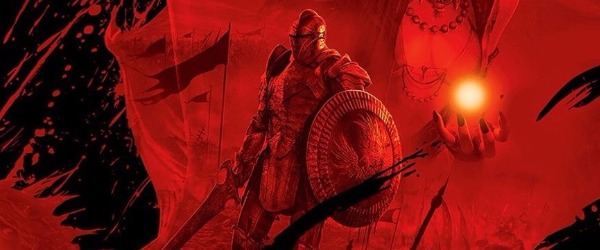
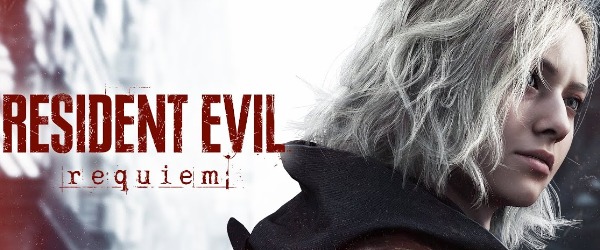
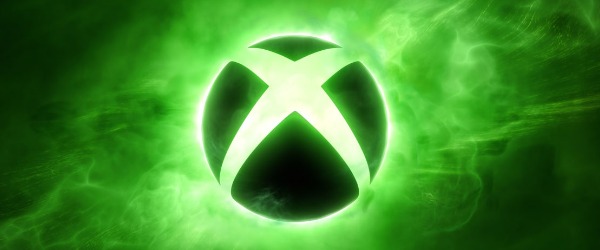
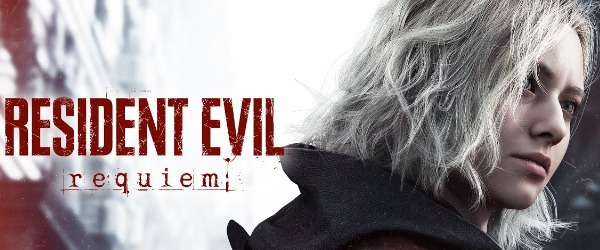










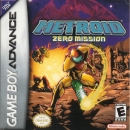

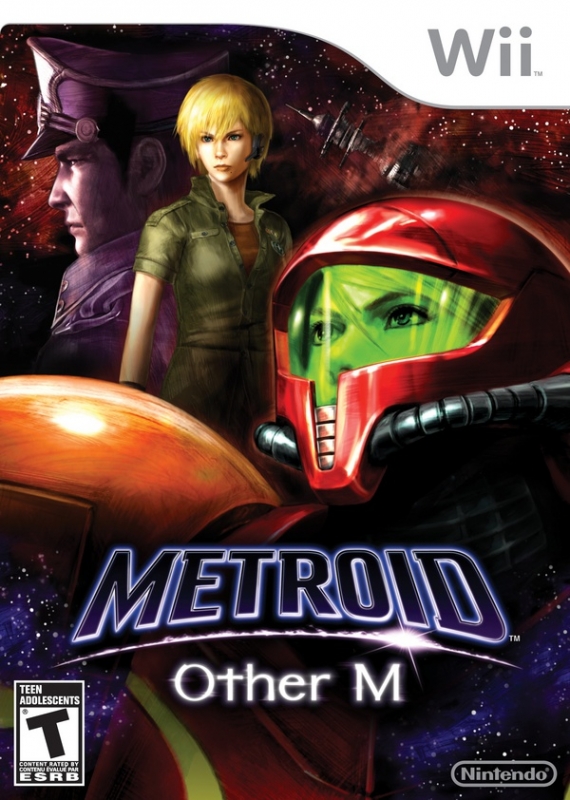

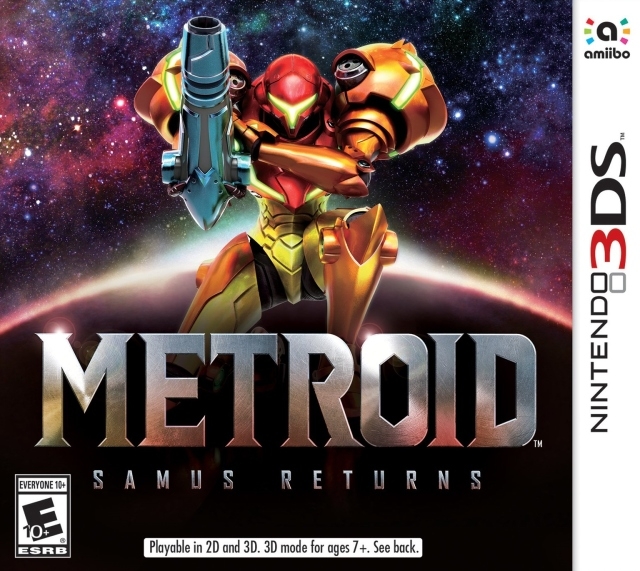

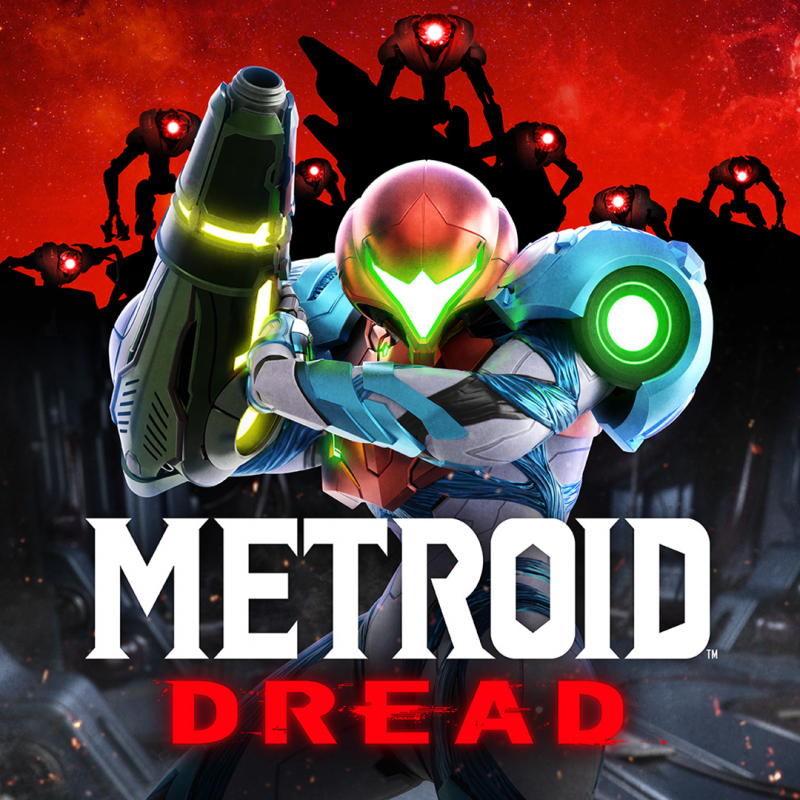



 Essay Pro
Essay Pro